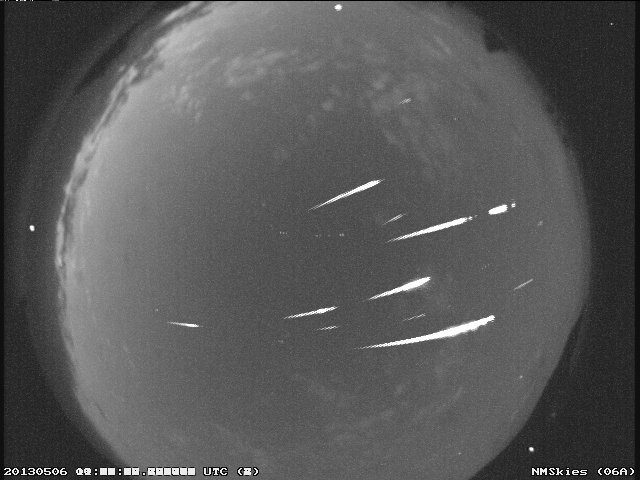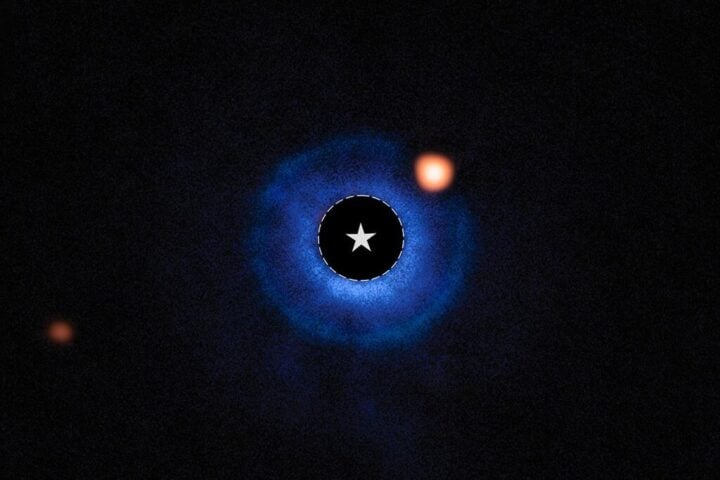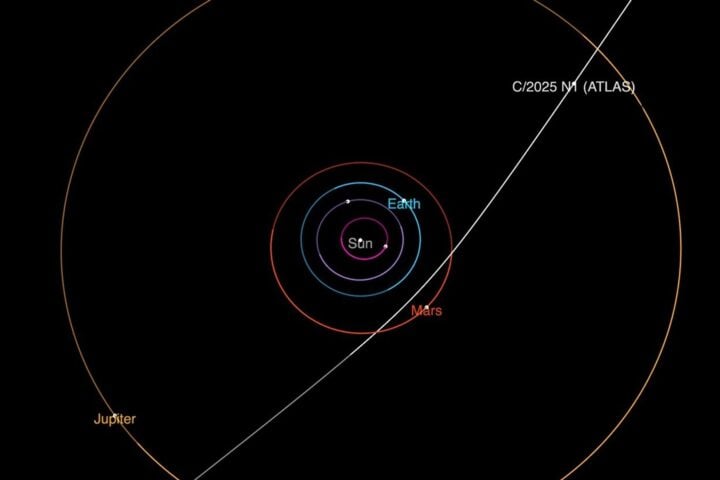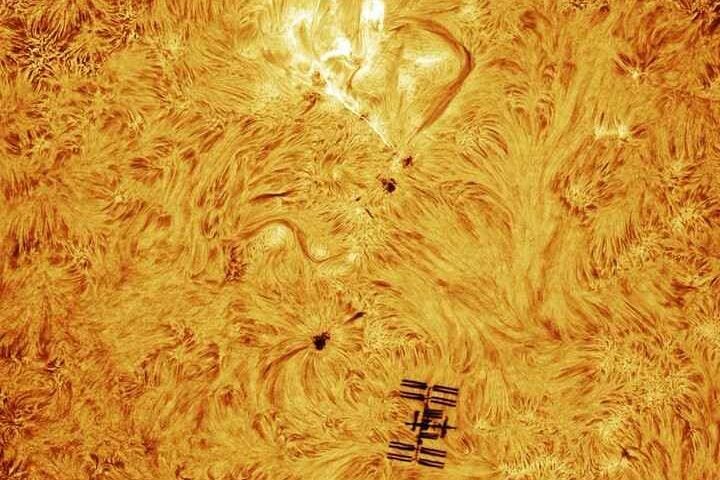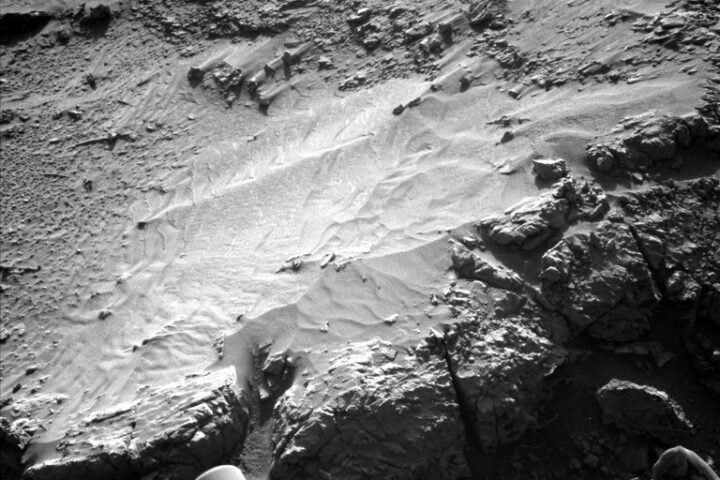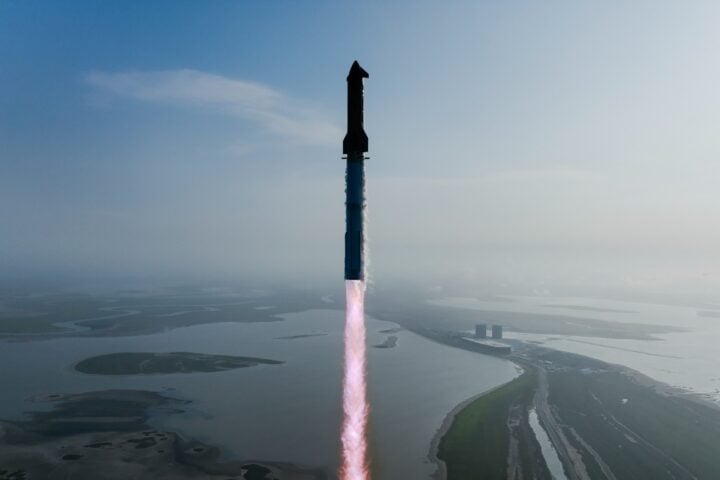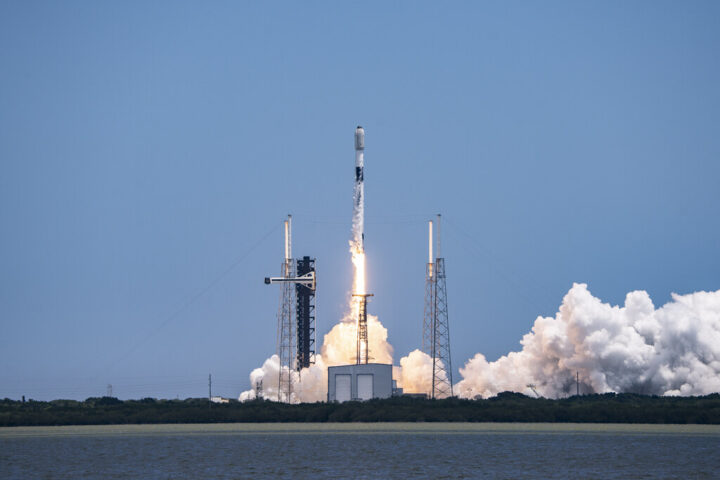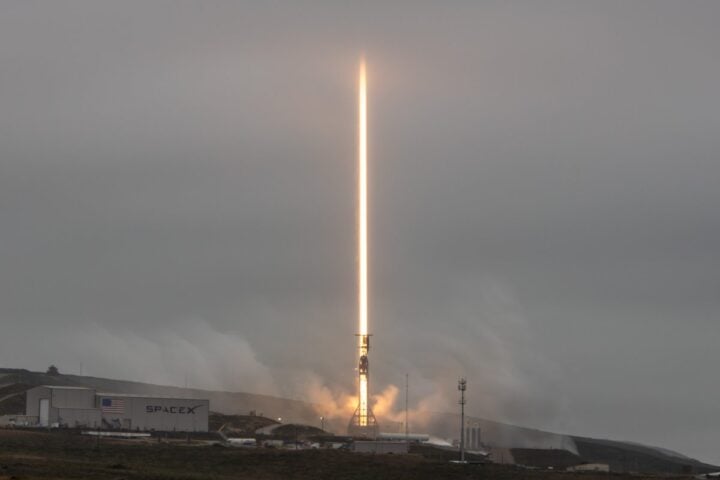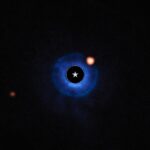When Earth travels through the debris left behind by Halley’s Comet, the ETA Aquarids meteor shower peaks in May every year. The prediction of the experts is that there will be an “outburst” in the number of meteors visible in the night sky.
Active from April 15 to May 27, the meteor shower is expected to peak on May 5. Favoring the Southern Hemisphere, the ETA Aquarids can be expected to shower more meteors than usual this year. Ancient debris from Halley’s Comet has been propelled and concentrated into our planet’s path, leading to this year’s increased meteor activity.
The best time to go out is around 2 to 3 a.m. your local time, though the shower is expected to peak around 4 a.m. UTC on May 5. With up to 40 shooting stars visible every hour, this year’s shower may be even more stunning than usual. The full moon may outshine some of the meteors, unfortunately.
The outburst makes it likely that you will still be able to see up to 40 meteors per hour, despite the moon. As the meteors simply pass by Earth, the Eta Aquarids meteor shower is not dangerous. The lead for NASA’s Meteoroid Environment Office, Bill Cooke, encourages people to look for streaks and fireballs during the shower.
The debris from meteors burning up in the atmosphere causes meteor showers. Creating persistent trains of dust, meteors break apart and fragment as they hit the atmosphere. The occasional “fireball” may also be brought by the shower, which is a bright flash that happens when the meteor explodes upon hitting the atmosphere.
In the early morning hours, people are advised to look for the Eta Aquarids. Particles from Halley’s Comet can be seen during the ETA Aquarids, which started their journey in the time of King David. About every 76 years, Halley’s Comet passes the Earth and leaves behind dust each time.
The Aquarids meteor shower this year is expected to contain debris left behind by Halley’s Comet about 3,000 years ago. In the Southern Hemisphere, the Eta Aquarids can be seen. The background of the sky is increased by the full moon, which can wash out the faint meteors.
As the meteors will likely be visible despite the moon, people should go out and look for them. Since it last zoomed across the sky in 1986, Hallet’s Comet won’t be visible again until 2061. No risk is associated with watching meteor showers.
Special binoculars can be used to view the meteor shower and even take pictures of it with their phones visible again until 2061.
